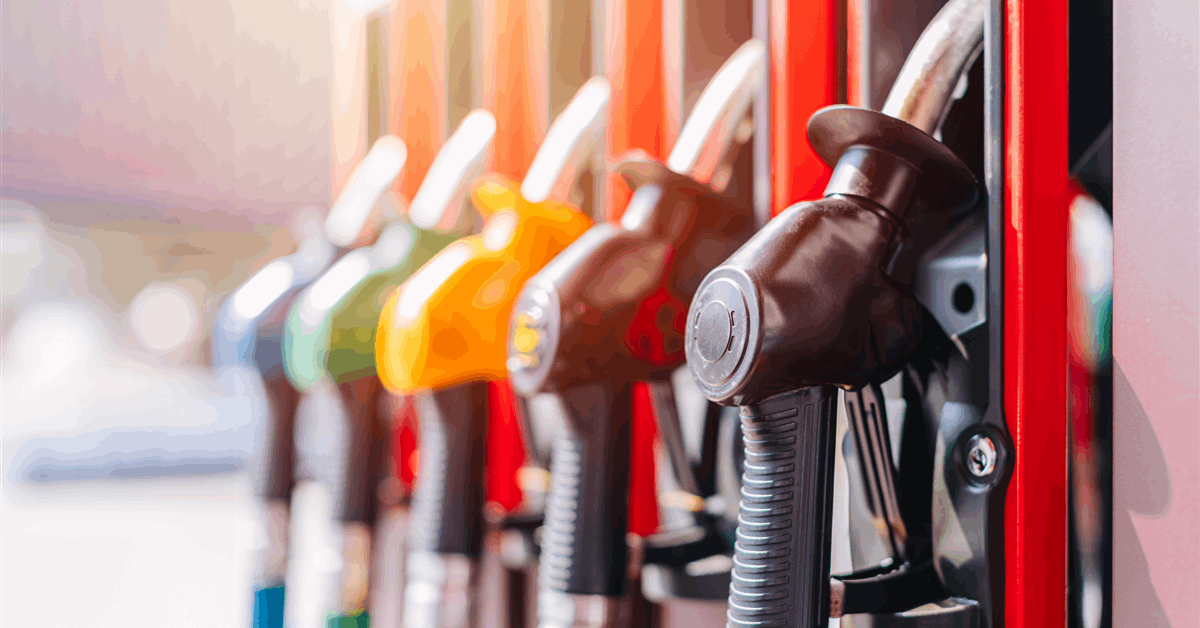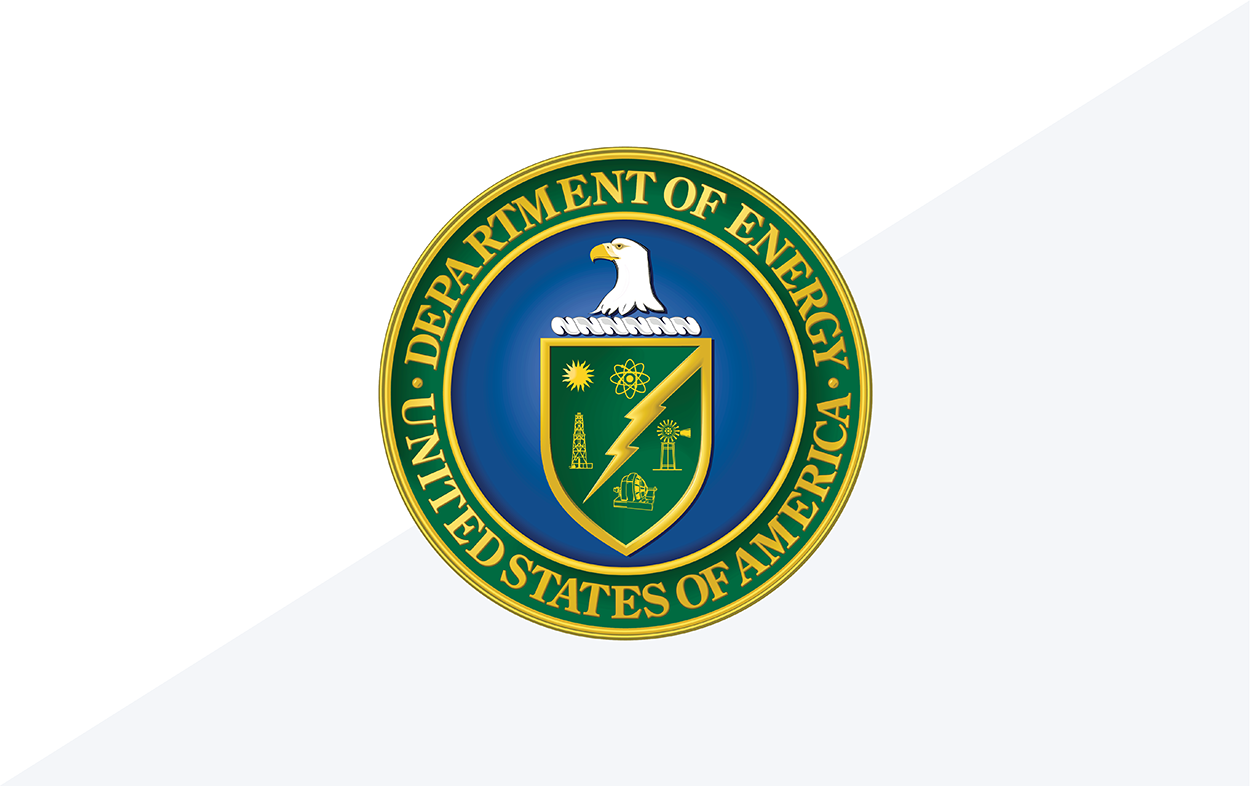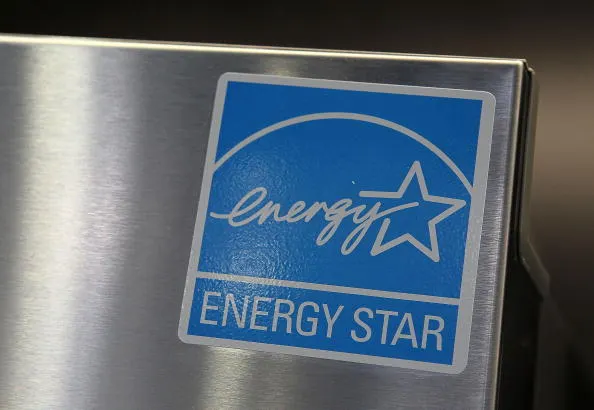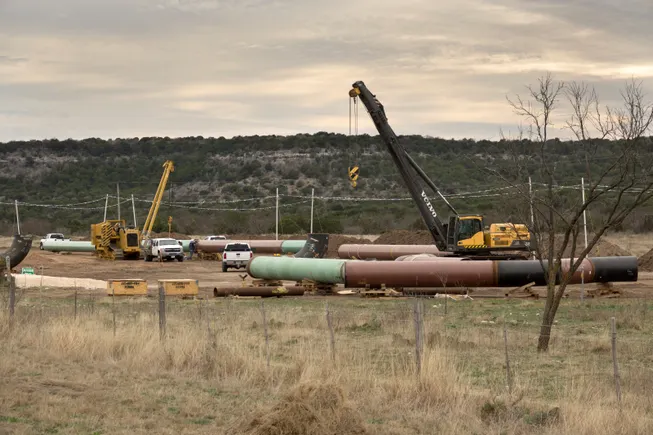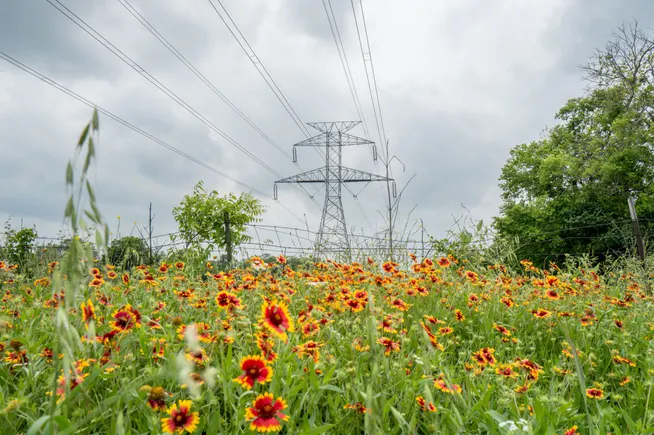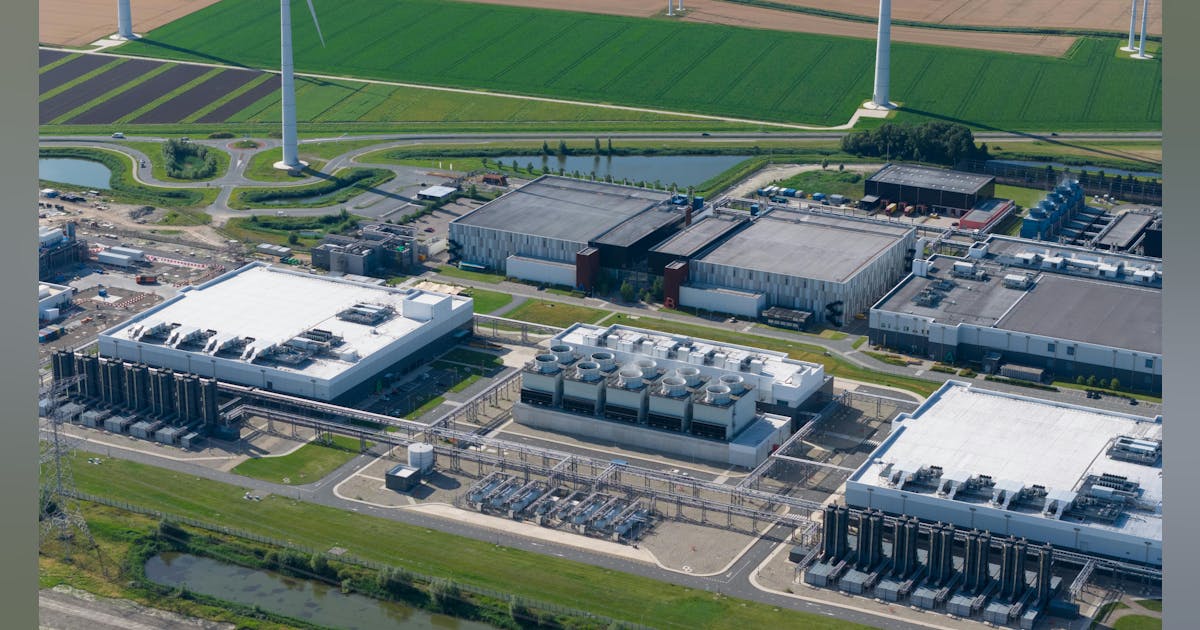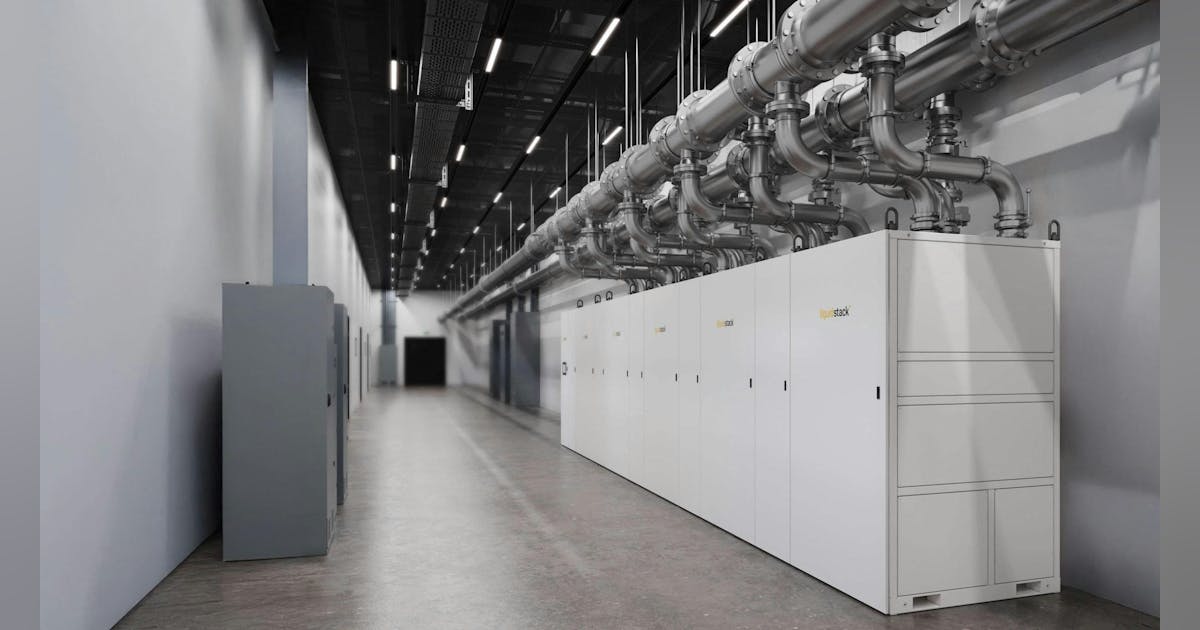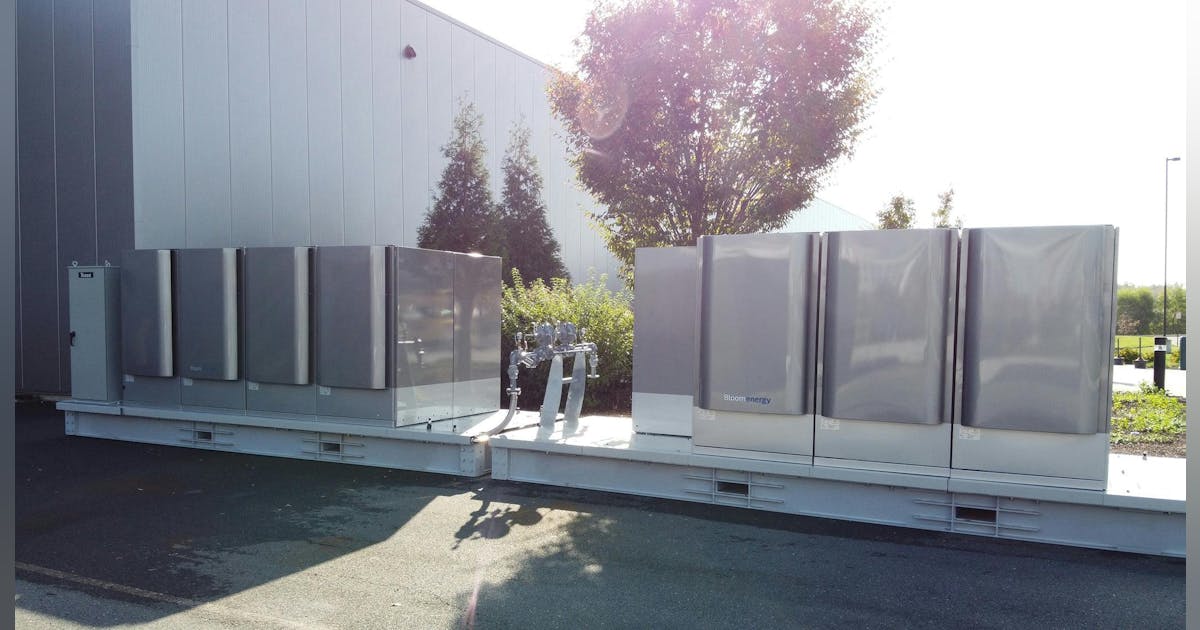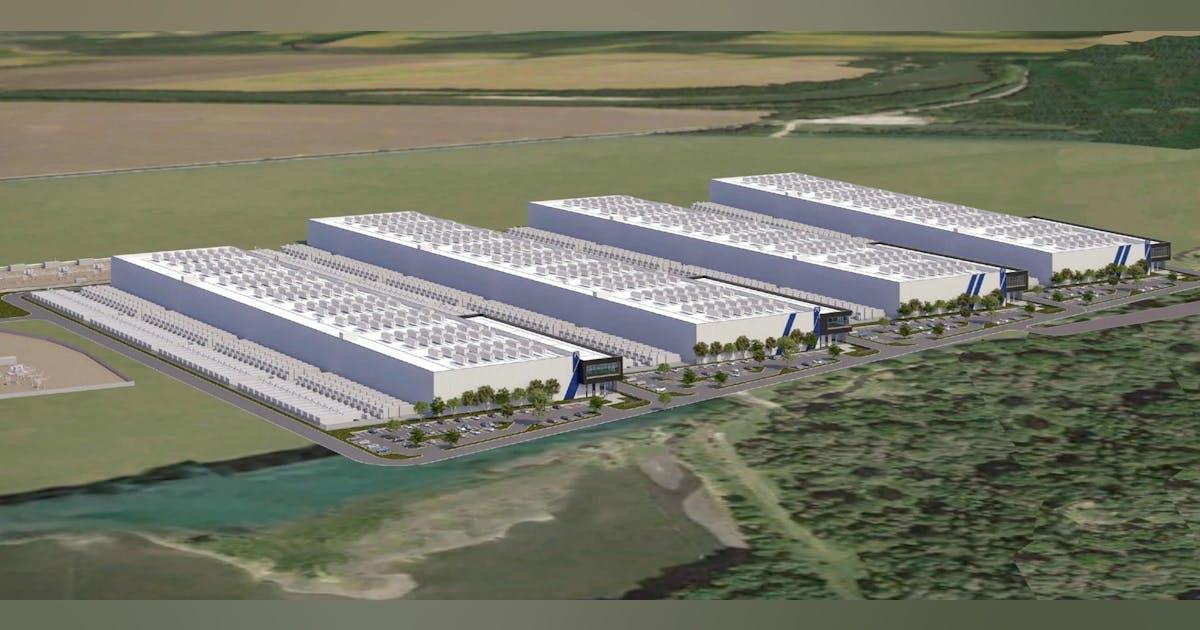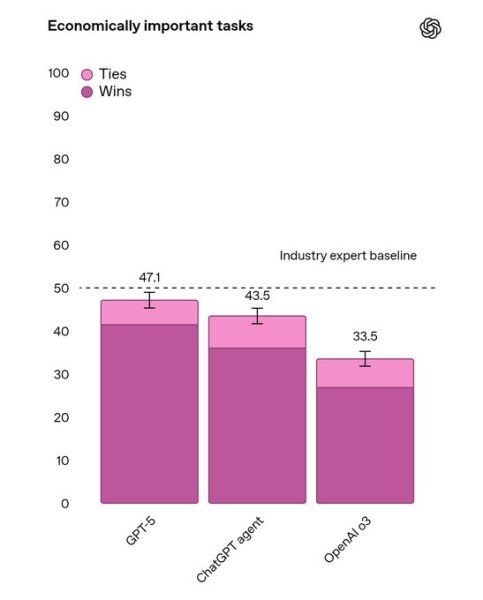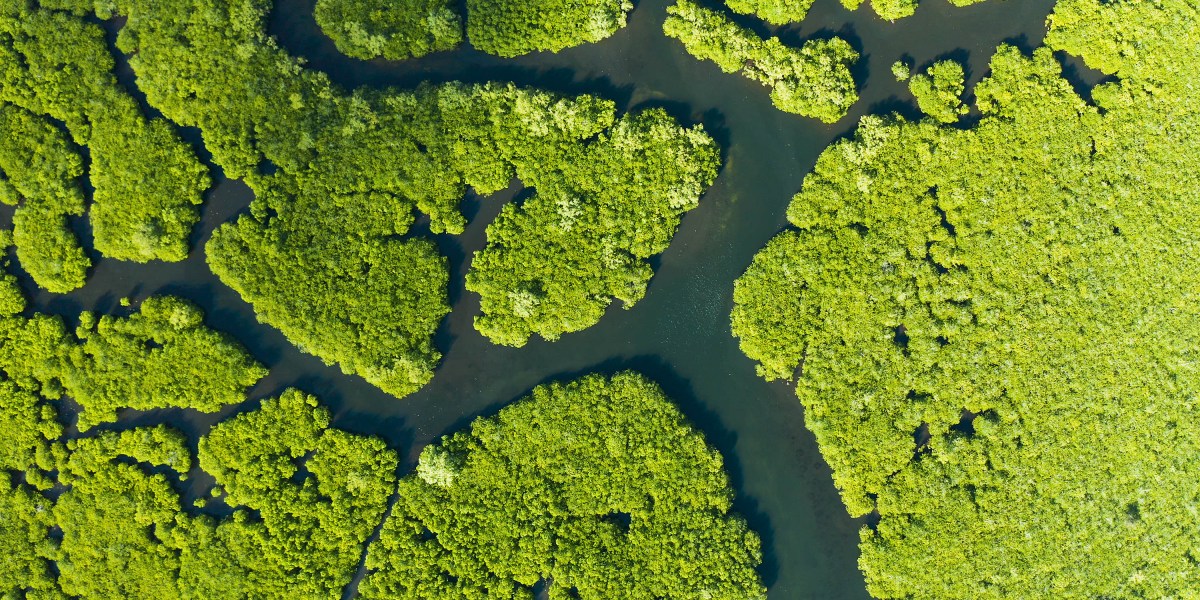
In the spring of 2021, climate scientists were stumped.
The global economy was just emerging from the covid-19 lockdowns, but for some reason the levels of methane—a greenhouse gas emitted mainly through agriculture and fossil-fuel production—had soared in the atmosphere the previous year, rising at the fastest rate on record.
Researchers around the world set to work unraveling the mystery, reviewing readings from satellites, aircraft, and greenhouse-gas monitoring stations. They eventually spotted a clear pattern: Methane emissions had increased sharply across the tropics, where wetlands were growing wetter and warmer.
That created the ideal conditions for microbes that thrive in anaerobic muck, which gobbled up more of the carbon-rich organic matter and spat out more methane as a by-product. (Reduced pollution from nitrogen oxides, which help to break down methane in the atmosphere, also likely played a substantial role.)
The findings offer one of the clearest cases so far where climate change itself is driving additional greenhouse-gas emissions from natural systems, triggering a feedback effect that threatens to produce more warming, more emissions, and on and on.
There are numerous additional ways this is happening or soon could, including wildfires and thawing permafrost. These are major emissions sources that aren’t included in the commitments nations have made under the Paris climate agreement—and climate risks that largely aren’t accounted for in the UN Intergovernmental Panel on Climate Change’s most recent warming scenarios.
Spark Climate Solutions (not to be confused with this newsletter) hopes to change that.
The San Francisco nonprofit is launching what’s known as a model intercomparison project, in which different research teams run the same set of experiments on different models across a variety of emissions scenarios to determine how climate change could play out. This one would specifically explore how a range of climate feedback effects could propel additional warming, additional emissions, and additional types of feedback.
“These increased emissions from natural sources add to human emissions and amplify climate change,” says Phil Duffy, chief scientist at Spark Climate Solutions, who previously served as climate science advisor to President Joe Biden. “And if you don’t look at all of them together, you can’t quantify the strength of that feedback effect.”
Other participants in the effort will include scientists at the Environmental Defense Fund, Stanford University, the Woodwell Climate Research Center, and other institutions in Europe and Australia, according to Spark Climate Solutions.
The nonprofit hopes to publish the findings in time for them to be incorporated into the UN climate panel’s seventh major assessment report, which is just getting underway, to help ensure that these dangers are more fully represented. That, in turn, would give nations a more accurate sense of the world’s carbon budgets, or the quantity of greenhouse gases they can produce before the planet reaches temperatures 1.5 °C or 2 °C over preindustrial levels.
But one thing is already clear: Since the current scenarios don’t fully account for these feedback effects, the world will almost certainly warm faster than is now forecast, which underscores the importance of carrying out this exercise.
Scientists at EDF, Woodwell and other institutions found that fires in the world’s northernmost forests, thawing permafrost and warming tropical wetlands could together push the planet beyond 2 °C years faster, eliminating up to a quarter of the time left before the world passes the core goal of the Paris agreement, in a paper under review.
Earlier this year, Spark Climate Solutions set up a broader program to advance research and awareness of what’s known as warming-induced emissions, which will launch additional collaborations similar to the modeling intercomparison project.
The goal of the program and the research project is “to really mainstream the inclusion of this topic in climate science and climate policy, and to drive research around climate solutions,” says Ben Poulter, who leads the program at Spark Climate Solutions and was previously a scientist at the NASA Goddard Space Flight Center.
Spark notes that warming temperatures could also release more carbon dioxide from the oceans, in a process known as outgassing; additional carbon dioxide and nitrous oxide, a potent greenhouse gas that also depletes the protective ozone layer, from farmland; more carbon dioxide and methane from wildfires; and still more of all three of these gases as permafrost thaws.
The ground remains frozen year round across a vast expanse of the Northern Hemisphere, creating a frosty underground storehouse from Alaska to Siberia that’s packed with twice as much carbon as the atmosphere.
But as it thaws, it starts to decompose and release greenhouse gases, says Susan Natali, an Arctic climate scientist focused on permafrost at Woodwell. A study published in Nature in January noted that 30% of the world’s Arctic–Boreal Zone has already flipped from a carbon sink to a carbon source, when wildfires, thawing permafrost and other factors are taken into account.
Despite these increasing risks, only a minority of the models that fed into the UN climate panel’s last major report incorporated the feedback effects of thawing permafrost. And the emissions risks still weren’t fully accounted for because these ecosystems are difficult to monitor and model, Natali says.
Among the complexities: Wildfires, which are themselves hard to predict, can accelerate thawing. It’s also hard to foresee which regions will grow drier or wetter, which determines whether they release mostly methane or carbon dioxide—and those gases have very different warming effects over different time periods. There are counterbalancing effects that must be taken into account as well—for instance, as carbon-absorbing plants replace ice and snow in certain areas.
Natali says improving our understanding of these complex feedback effects is essential to understanding the dangers we face.
“It’s going to mean additional costs to human health, human life,” she says. “We want people to be safe—and it’s very hard to do that if you don’t know what’s coming and you’re not prepared for it.”
This article is from The Spark, MIT Technology Review’s weekly climate newsletter. To receive it in your inbox every Wednesday, sign up here.




